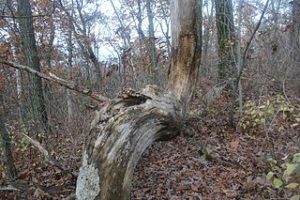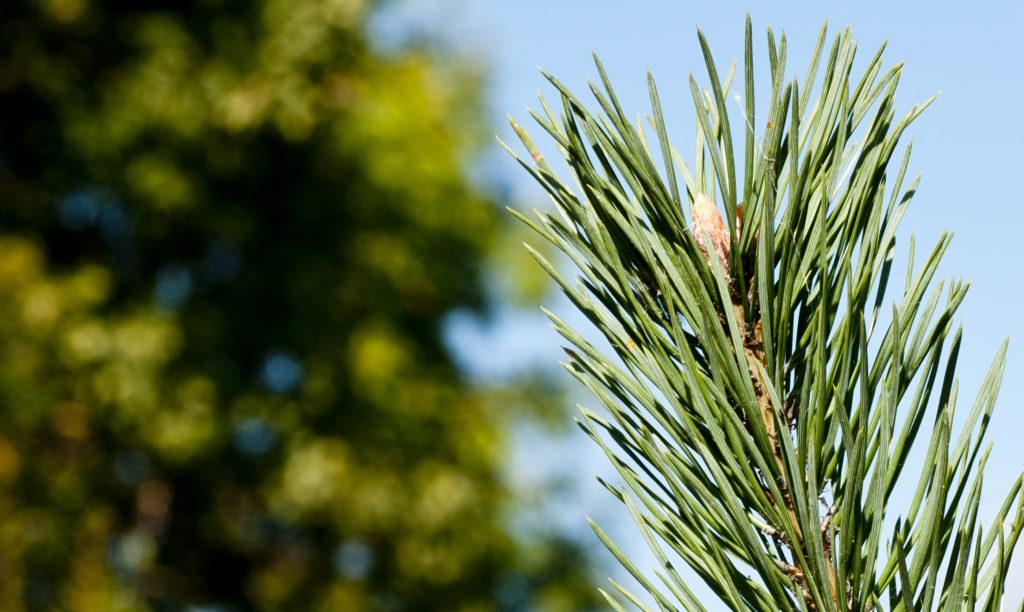Continue reading to learn more about the history and purpose of these special trees.
Native American Sign Trees
Also called Indian Marker trees, many of the tribes that used this method of land marking have been gone in the United States for more than a century. They were some of the first navigational tools used by our country’s first civilizations. Native Americans used Sign trees to navigate their surroundings and mark important areas of land, such as underground springs, hunting grounds, trails, and other points of interest. They also marked the territories of different tribes and indicated geographical divides.
To achieve the distinctive knots, loops, bends, and zigzag formations of Indian Sign trees, tribesmen would tinker with the trees in their young sapling state, bending and manipulating them with leather thongs and rope to form curves and shapes, which encouraged certain growth patterns. As the trees grew, their bark hardened and they eventually took on the deformed shape, permanently. The most common species of tree used to form these navigational structures were Elm, Oak, and Maple.
Indian Sign trees are the living proof of the history of our Nations’ past civilizations and their incredible way of life, making them significant parts of our country’s cultural heritage, and a gift to today’s society. You can still find a few of these remarkable trees in parts of Texas, Wisconsin, Georgia, North Carolina, and a few other states.




